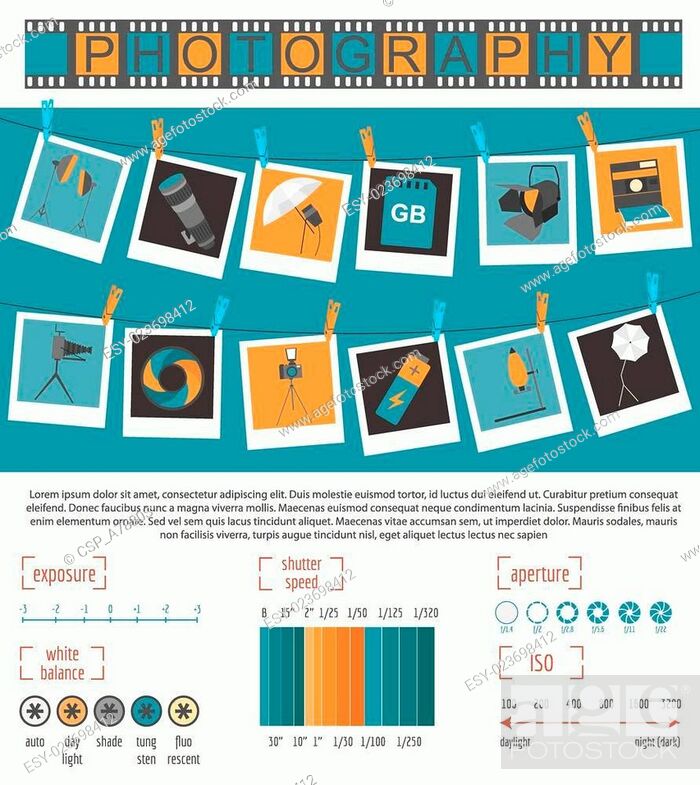Recognizing Composition: The Fundamentals Every Professional Photographer Need To Know
Recognizing Composition: The Fundamentals Every Professional Photographer Need To Know
Blog Article
Staff Author-Robb Parrott
When you get your video camera, comprehending the fundamentals of make-up can dramatically boost your photography. Techniques like the Guideline of Thirds, Leading Lines, and effective mounting aren't just guidelines; they're essential tools that can transform your images from mundane to enchanting. By grasping these concepts, you'll find yourself recording not just pictures, however stories that reverberate. Yet what takes place when you begin flexing these regulations? Exploring that can cause unforeseen and powerful cause your job.
The Regulation of Thirds
One of the most necessary principles in photography is the Regulation of Thirds. This technique assists you create balanced and appealing structures, drawing the audience's eye to the most essential components in your image.
Envision dividing your framework into a grid of 9 equivalent get rid of 2 horizontal and two upright lines. By positioning your subject along these lines or at their intersections, you naturally improve your photo's aesthetic appeal.
Instead of centering your topic, try positioning it off to one side. http://dino80claudio.xtgem.com/__xt_blog/__xtblog_entry/__xtblog_entry/37562801-open-the-keys-to-locating-the-ideal-camera-for-your-requirements-however-which-kind-will-absolutely-record-your-vision?__xtblog_block_id=1#xt_blog introduces area and context, allowing visitors to explore the surrounding area.
For landscapes, position the perspective along the leading or lower 3rd line, stressing either the sky or the land.
When you're recording portraits, align the subject's eyes along the top third line for a much more dynamic appearance.
Experimenting with https://mymodernmet.com/desert-photography-tips-anton-gorlin/ of Thirds will certainly result in even more compelling and professional-looking photos.
Leading Lines
Harness the power of leading lines to lead your viewer's eye with the framework and create a feeling of depth in your digital photography.
Leading lines are all-natural or synthetic aspects that draw attention and lead the audience's stare toward the main subject. They can be anything from roads, rivers, fences, or perhaps darkness.
When you integrate leading lines, think of exactly how they can boost your make-up. Beginning by recognizing strong lines in your scene.
Position on your own to use these lines effectively, ensuring they result in your prime focus. As an example, a pathway leading into a landscape can evoke a sense of journey and invite the audience to explore the scene.
Trying out different angles and point of views. In some cases, capturing from a reduced angle can develop even more vibrant leading lines, while a higher perspective can provide a wider context.
Framework and Equilibrium
Framework and equilibrium play essential duties in producing aesthetically engaging photos. When you frame your subject, you're essentially producing a boundary that draws the viewer's eye directly to the focal point. You can utilize natural environments like branches, entrances, or windows to attain this impact.
Do not ignore the power of framework; it includes deepness and context, making your photo more engaging.
Equilibrium, on the other hand, ensures that your composition really feels secure and harmonious. You can accomplish equilibrium through balance or by distributing aesthetic weight uniformly across the structure. If you put a large subject on one side, take into consideration including smaller sized aspects on the contrary side for it.
This technique prevents your photo from feeling unbalanced and produces a sense of completeness.
Trying out both mounting and equilibrium in your digital photography. Take several shots from various angles, changing just how you mount your topic and just how you distribute components within the scene.
As you practice, you'll develop an user-friendly understanding of just how to create structures that resonate with audiences and evoke feeling. Bear in mind, grasping these components can transform a normal photo right into a striking masterpiece.
Conclusion
By understanding structure methods like the Rule of Thirds, Leading Lines, and Framework, you can elevate your photography to new elevations. These concepts aid you create balanced, appealing photos that draw customers in and inform engaging tales. Keep in mind to experiment and trust your instincts as you exercise these basics. With time and devotion, you'll change common shots right into artistic expressions that genuinely reverberate with your audience. Maintain capturing, and let your creative thinking luster!
